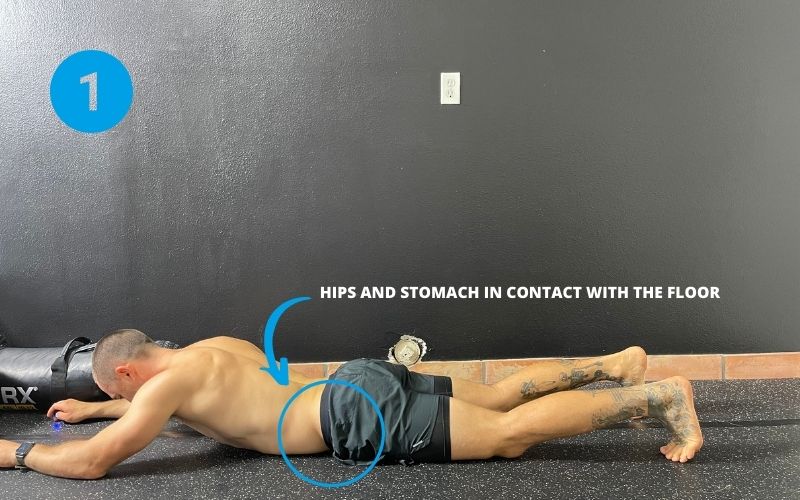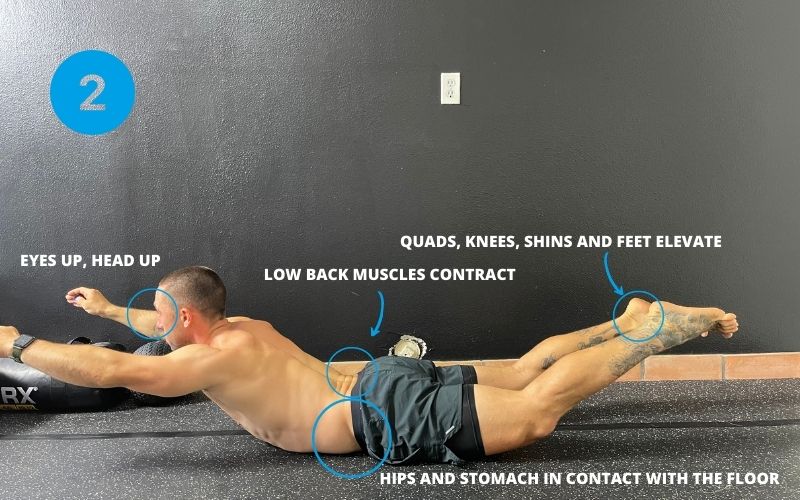3 Bodyweight Core Exercises For Skiing
Have you ever wanted to build a stronger more durable core for skiing? Maybe you’ve suffered from back tightness or disc herniation? Aside from acute trauma, back pain is typically the result of weak support muscles. After all, your core muscles are what allow your midsection to stabilize while your lower extremities navigate the ski hill. When you hit a bump, or an ice patch, it’s your core muscles that stabilize your body as your legs respond to the obstacle. Our core muscles provide stability to our body, support our spine, and assist in maintaining balance. But what are the best core exercises for skiing? More importantly, how do we do them correctly? Follow along as I break down three of the most valuable bodyweight core exercises. Keep these up all summer and you'll be ready to rip next winter!
1. THE HOLLOW HOLD
Originating from gymnastics, the hollow hold trains the deepest core muscle: the transverse abdominis. When trained properly, this muscle provides stability and protection to your lumbar spine. The bones of the lumbar spine are free-floating and need these core muscles to provide support. But what happens when they get tired, or lose endurance? Back pain! That’s where the hollow hold comes to the rescue.
I’ve broken down the exercise and provided some key insights. When done incorrectly, this exercise is worthless and will do nothing more than aggravate your low back. So stick to the basics and message me on social media if you have any questions.
Recommended Sets/Reps/Time
Beginner: 1-2 sets of 20-30 seconds per hold
Intermediate: 1-3 sets of 30-45 seconds per hold
Advanced: 2-3 sets of 45sec-1minute per hold

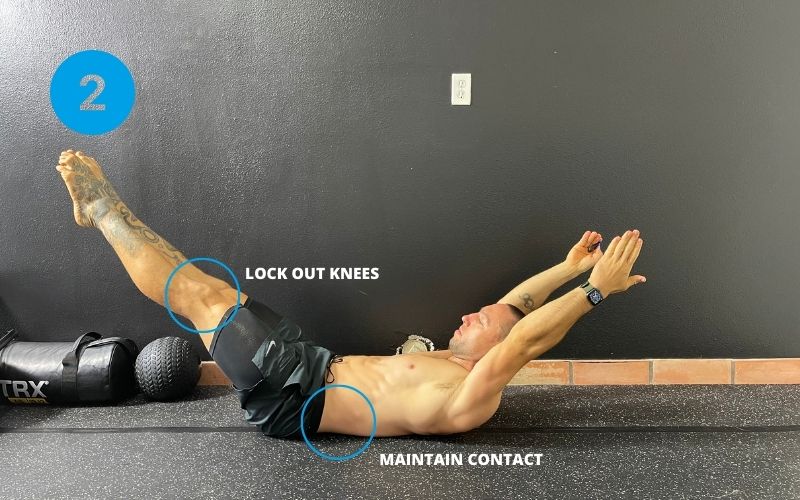
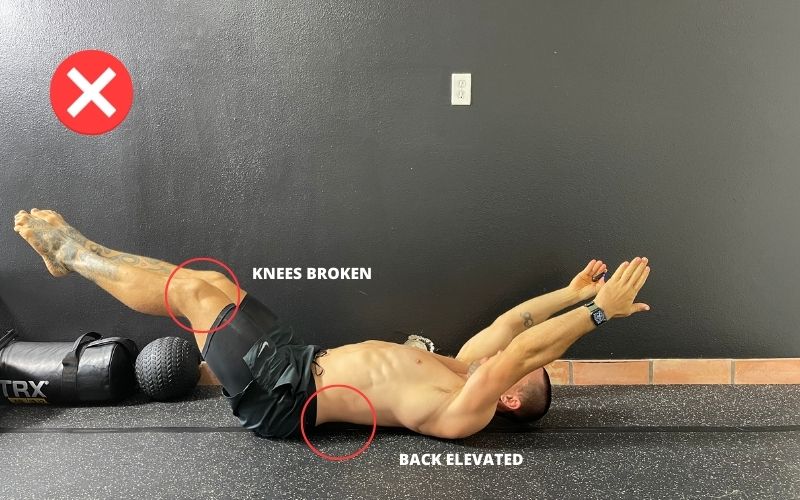
2. SIDE PLANK HIP FLEXION
The side plank is much more valuable than the traditional plank for skiers. That’s because when we ski down the hill, the abdominal muscles on the side of our body are constantly working. They help to maintain quality ski position. This variation to the traditional side plank adds a special element: hip flexion.
When we ski, our hips are always flexing and extending, bringing our knees up and down. The side plank below places significant stress on your core muscles, hip muscles, and outer leg muscles while the opposite limb moves. Sound familiar? It should, because that’s exactly what’s going on in each ski turn.
There’s always an uphill ski and a downhill ski. This exercise modification helps mimic this stress-exchange while training limbs to move independently of a stable core.
Once again I’ve included some key tips to ensuring good form. Bad form can cause shoulder problems, neck problems, and even worse, no improvements in core stability and endurance.
Recommended Sets/Reps/Time
Beginner: 1-2 sets of 10-15 seconds per hold/side
Intermediate: 1-3 sets of 15-25 seconds per hold/side
Advanced: 2-3 sets of 35 sec per hold/side with continuous leg movement
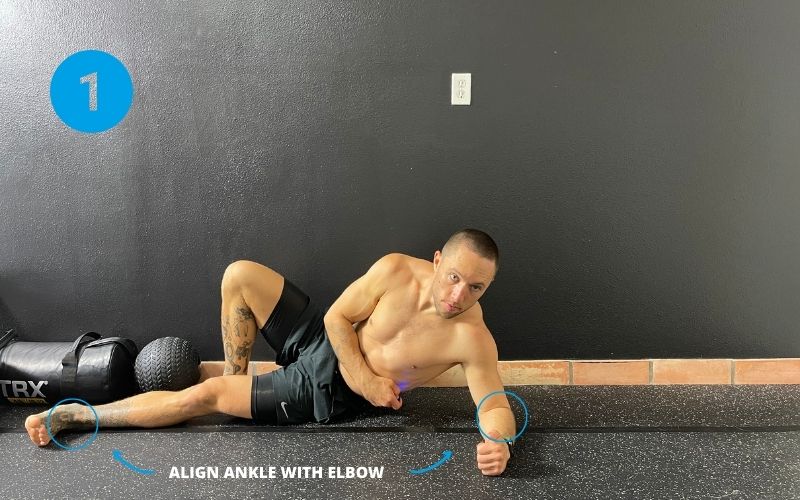
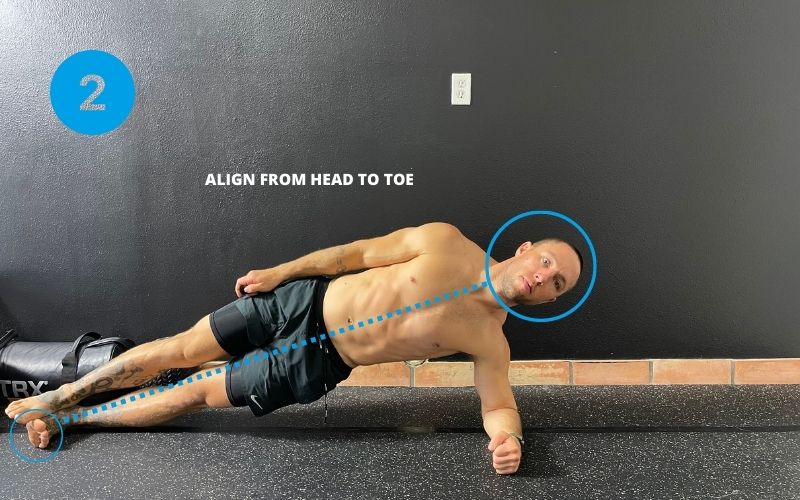


3. PRONE SUPERMAN HOLD
Like with the hollow hold, the superman is all about building endurance to support your lumbar spine. To build an iron back with proficient stability, you need to build your core from all angles. Here, you will use the low back muscles to flex, hold, and then elevate your limbs. In this position, it’s okay to feel tightness in your low back because you’re purposefully asking these muscles to tighten.
By increasing how long you can hold this position, and improving the above two exercises, you will build a stronger back. You will feel less wear by the end of each ski day, and you’ll build resilience to come back the next day!
Take it slow. Build endurance over time, and be a stickler on form. If you have questions, DM me a video of you doing the exercise and I’ll give you feedback.
Recommended Sets/Reps/Time
Beginner: 1-2 sets of 10-15 seconds per hold
Intermediate: 1-3 sets of 20-30 seconds per hold
Advanced: 2-3 sets of 35 sec per hold/side with continuous leg movement
